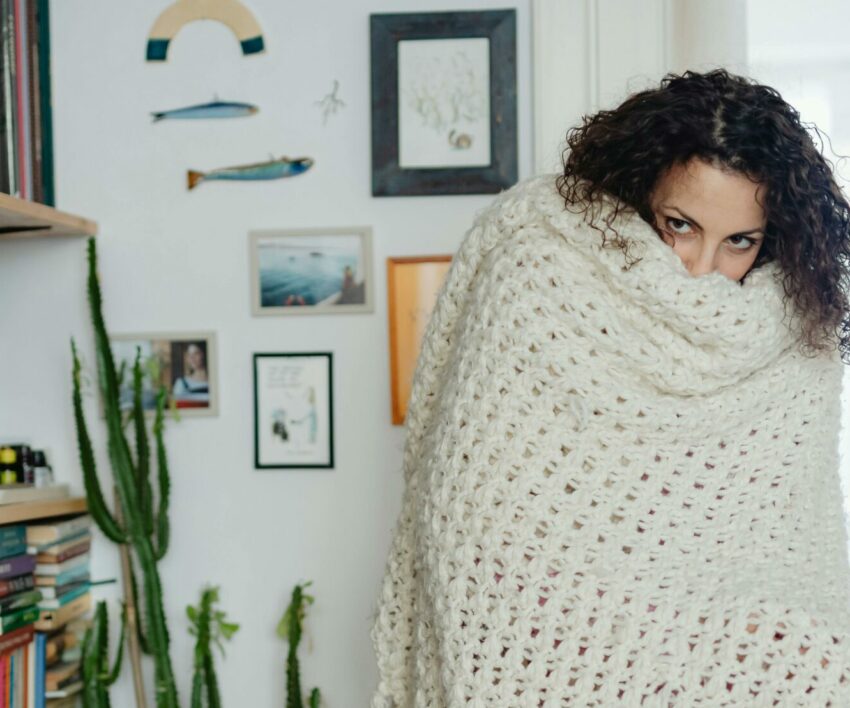
As the rare and unexpected snowstorm recently blanketed parts of KwaZulu Natal in the middle of spring, it left many in despair as they have been stuck in places far away from home, waiting to be rescued.
While the scenery of snow-dusted landscapes may seem enchanting, they come with a hidden danger which is hypothermia. For those unaccustomed to severe cold, like many in KZN, understanding the risks of prolonged exposure to low temperatures is crucial.
The Better Health Channel states that hypothermia is a condition where the body’s temperature falls below 35°C due to a lack of heat generation. The human body is said to maintain a core temperature of around 37°C, and if the body’s heat is less than the environment’s, it causes the body to lose heat.
The above publication further adds that the body loses heat through four ways, which are conduction, convection, radiation, and evaporation. “Conduction – by direct transfer from the body to an object that is cooler than the body (for example, lying on a cold surface will pass body warmth to the surface away from the body). Convection – air or liquid flow across the skin drawing off heat (for example, wind will increase heat loss, as will water that is cooler than body temperature).”
Radiation and evaporation are two methods of heat loss, with exposed skin allowing heat to be drawn off and moisture on the skin also losing heat more rapidly. Medical conditions like stroke or diabetes can lead to hypothermia, making it difficult for individuals to protect themselves, adds the above channel.
Symptoms as mentioned by the Mayo Clinic include shivering, slurred speech, slow breathing, weak pulse, clammy coordination, drowsiness, confusion, memory loss, and loss of consciousness. “People with hypothermia usually aren’t aware of their condition. The symptoms often begin gradually. Also, the confused thinking associated with hypothermia prevents self-awareness. The confused thinking also can lead to risk-taking behaviour.”
Hypothermia first aid involves removing wet clothing, protecting the person from wind and drafts, moving to a warm shelter, and rewarming them with extra clothing and blankets, suggests WebMD.
The above source mentions that if medical care isn’t available, offer warm liquids, but avoid alcohol and caffeine and if the victim is unconscious or without pulse or breathing, call emergency help. In advanced cases, hospital treatment may be needed, which includes passive warming, blood rewarming, warm intravenous fluids, airway rewarming, and irrigation, concludes WebMD.
Also see: Safety tips on surviving cold weather




